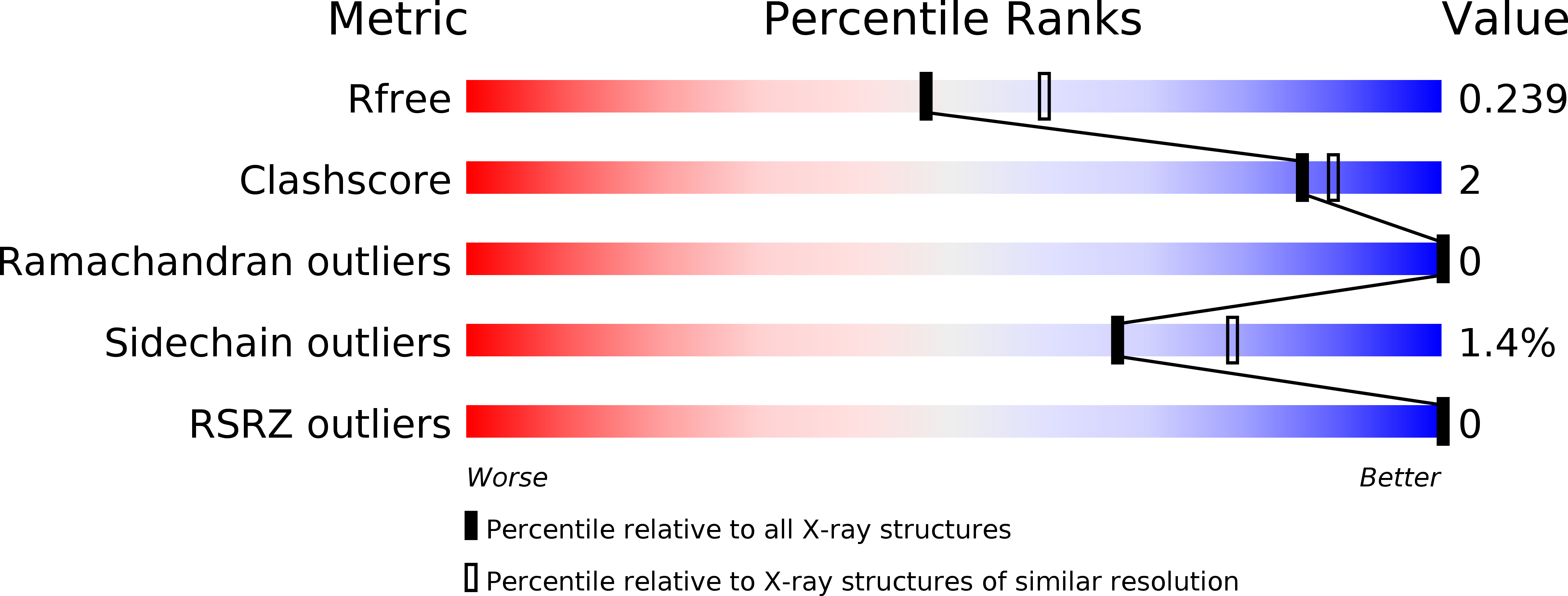
Deposition Date
2019-05-14
Release Date
2020-03-25
Last Version Date
2023-11-22
Method Details:
Experimental Method:
Resolution:
2.22 Å
R-Value Free:
0.23
R-Value Work:
0.18
R-Value Observed:
0.18
Space Group:
P 1 21 1


